Optimal Timing for Waterproofing Applications
Waterproofing is a critical process to protect structures from water intrusion and damage. The timing of waterproofing applications can significantly influence their effectiveness and longevity. Proper scheduling ensures optimal adhesion, curing, and performance of waterproofing materials, reducing the risk of future issues.
Spring offers moderate temperatures and low precipitation, ideal for waterproofing projects. This timing allows materials to cure properly before summer rains.
Summer provides warm, dry conditions suitable for waterproofing, especially in regions with hot climates. Adequate sunlight aids in curing processes.
Fall's cooler temperatures and lower humidity levels create favorable conditions for waterproofing before winter.
Winter is generally unsuitable due to freezing temperatures and increased moisture, which can compromise waterproofing materials and application quality.
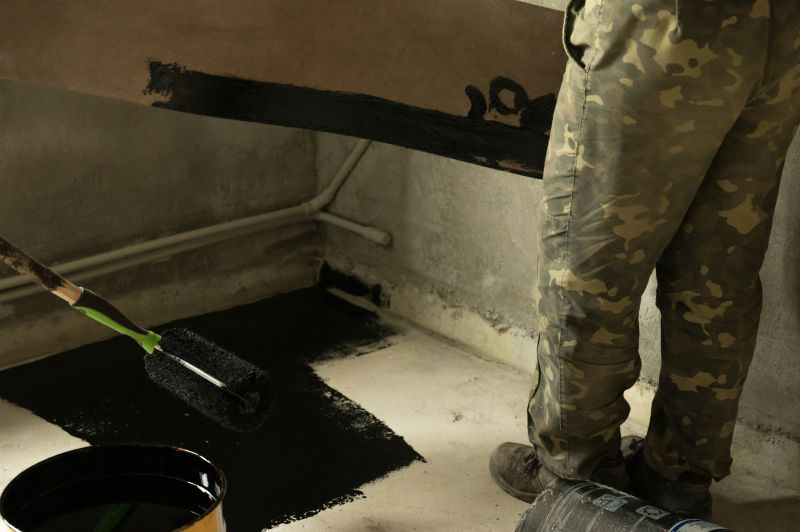
Ways to make Waterproofings work in tight or awkward layouts.
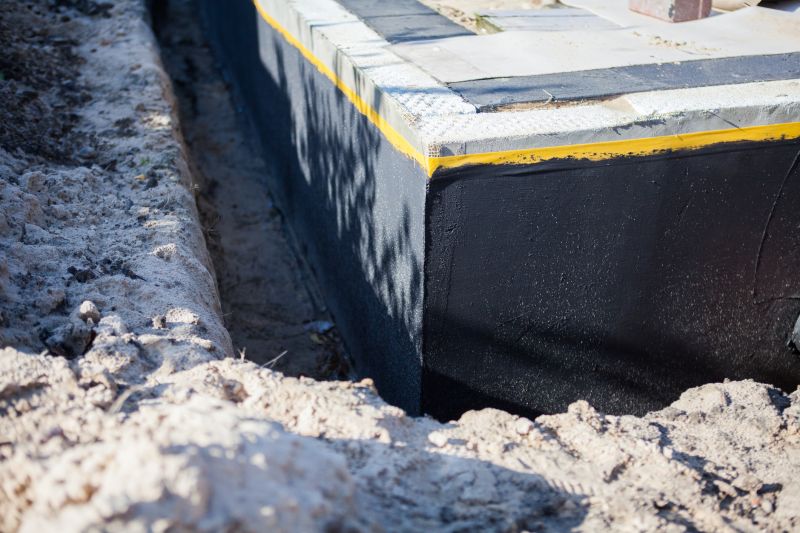
Popular materials for Waterproofings and why they hold up over time.
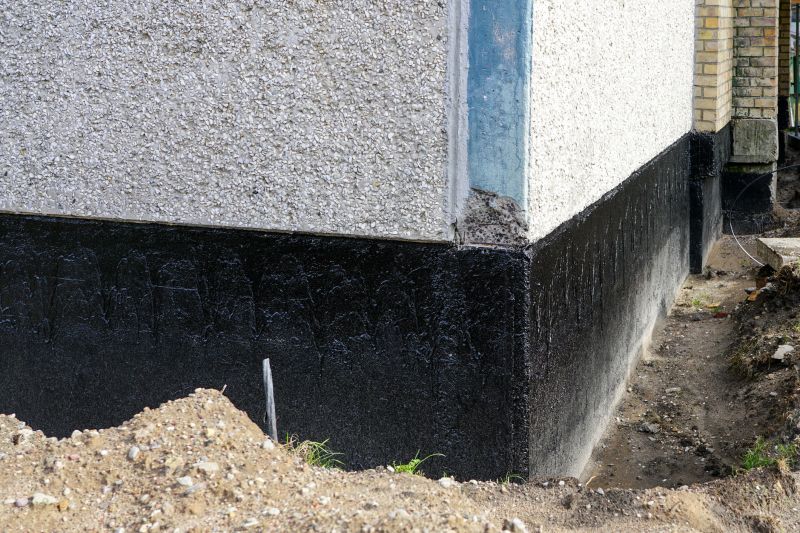
Simple add-ons that improve Waterproofings without blowing the budget.
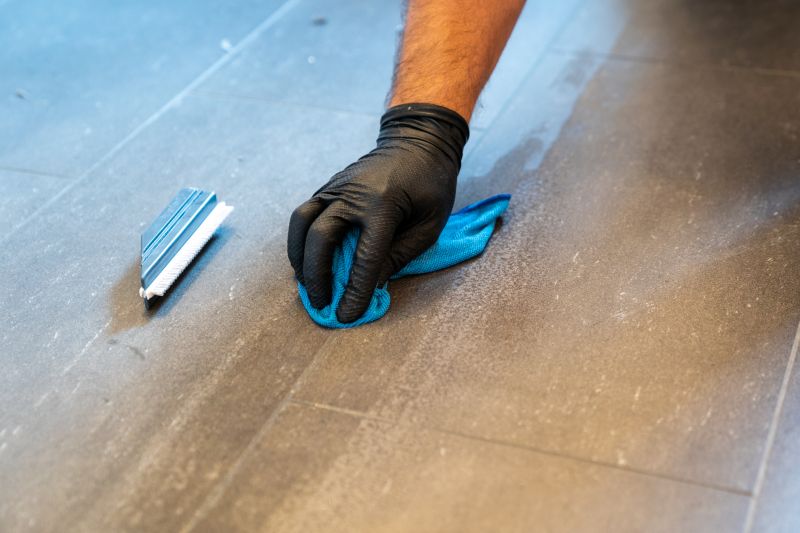
High-end options that actually feel worth it for Waterproofings.
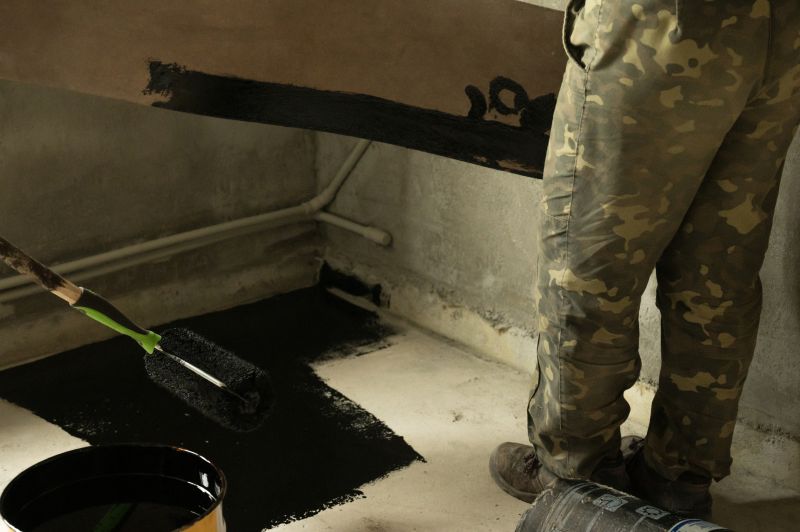
Finishes and colors that play nicely with Waterproofings.
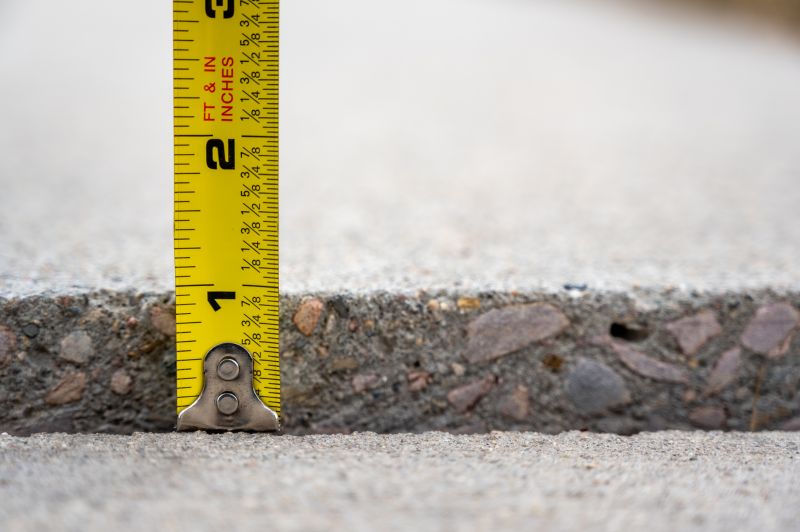
Little measurements that prevent headaches on Waterproofings day.

A 60-second routine that keeps Waterproofings looking new.
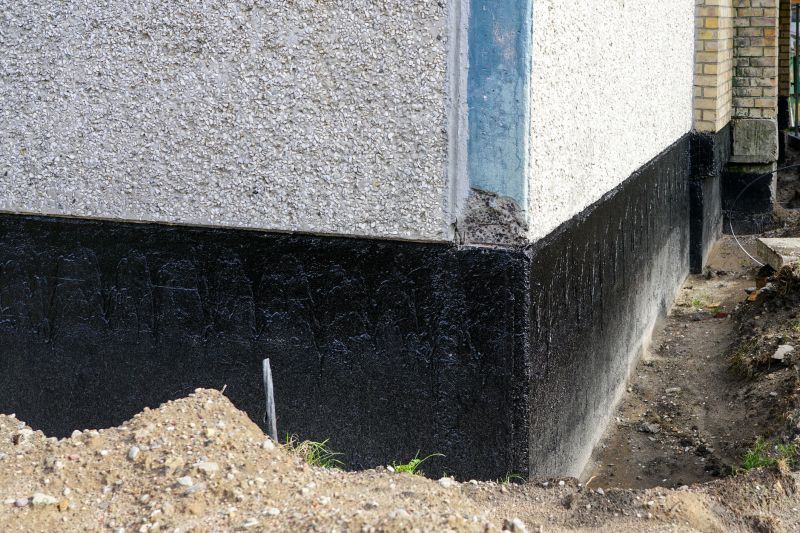
A frequent mistake in Waterproofings and how to dodge it.
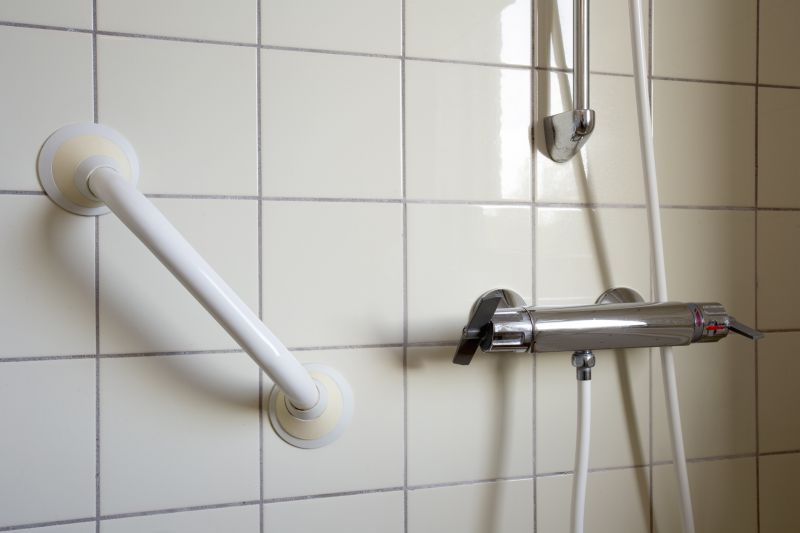
Small tweaks to make Waterproofings safer and easier to use.
| Season | Optimal Conditions |
|---|---|
| Spring | Moderate temperatures, low precipitation, ideal for curing. |
| Summer | Warm and dry, suitable for most waterproofing materials. |
| Fall | Cooler temperatures, lower humidity, prepares for winter. |
| Winter | Freezing temperatures and moisture make waterproofing unsuitable. |
Waterproofings are essential for protecting foundations, basements, roofs, and other structural elements from water penetration. Proper timing ensures the materials perform as intended, extending their lifespan and maintaining structural integrity. Advances in waterproofing technology have improved application methods, making it possible to achieve effective barriers against water when conditions are optimal.
Statistics indicate that waterproofing failures often occur when applications are performed during unsuitable weather conditions. Proper scheduling minimizes risks such as improper curing, cracking, or peeling. Regular inspections and timely reapplications enhance the durability of waterproofing systems, safeguarding properties from water-related damages.
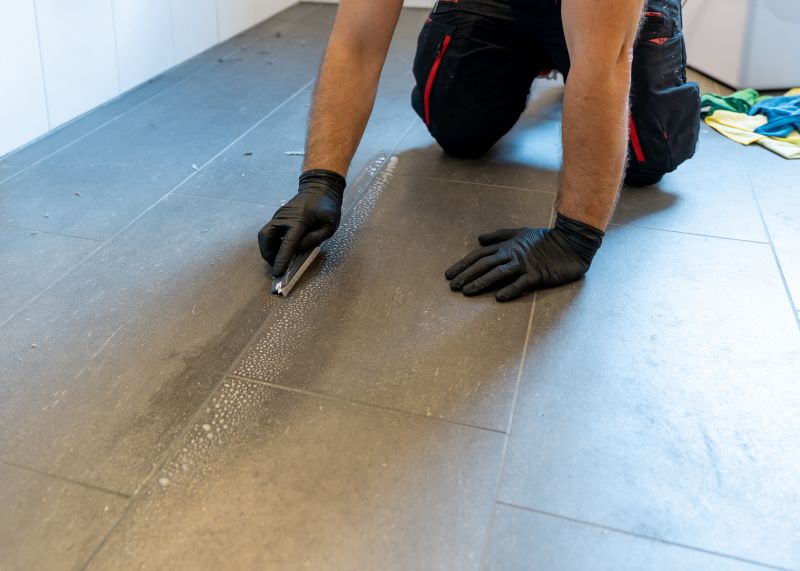
Lower-waste or water-saving choices for Waterproofings.
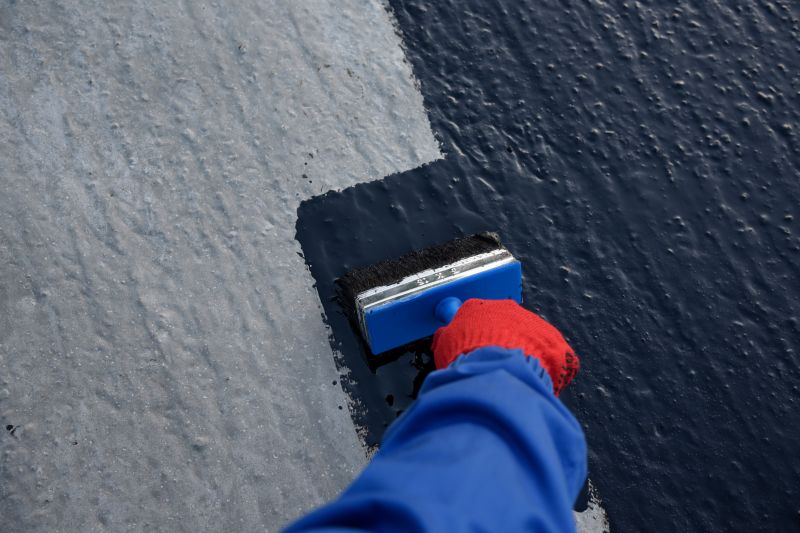
The short, realistic tool list for quality Waterproofings.
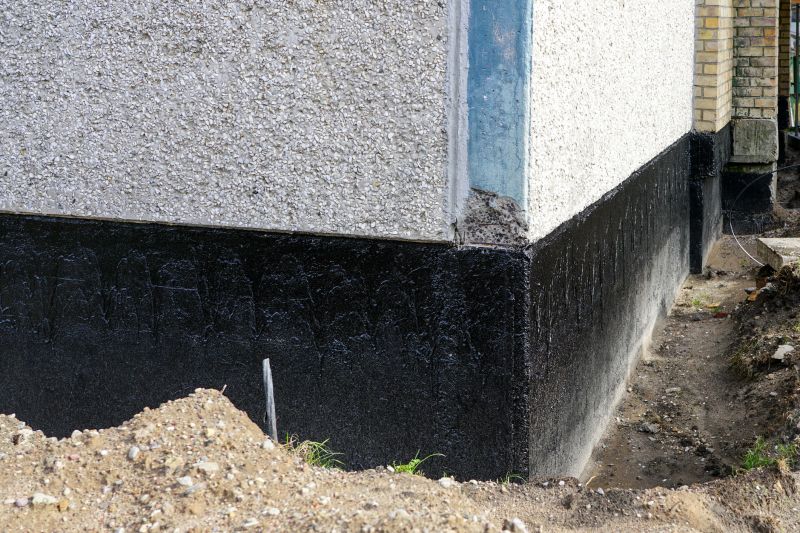
Rough timing from prep to clean-up for Waterproofings.
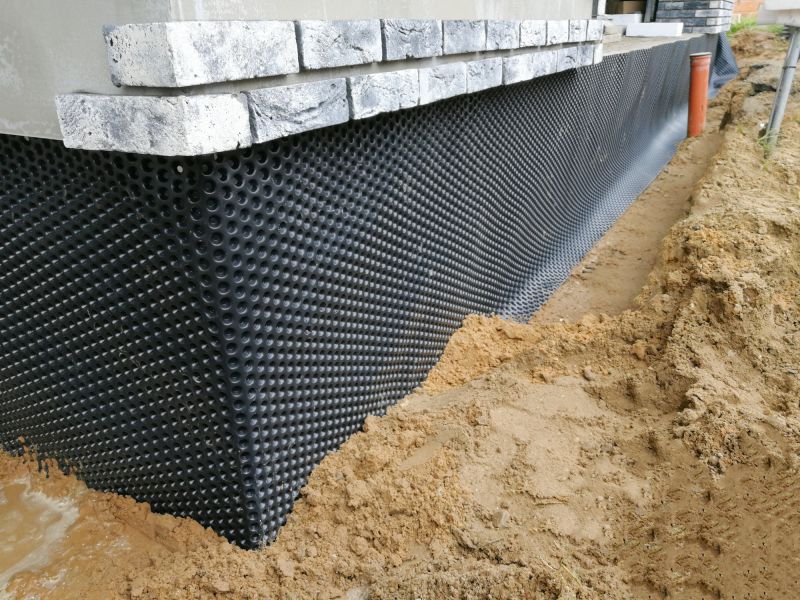
Quick checks and paperwork to keep after Waterproofings.
Interested in waterproofing services? Filling out the contact form can provide additional information and assistance for scheduling and selecting the appropriate waterproofing solutions for specific needs.

